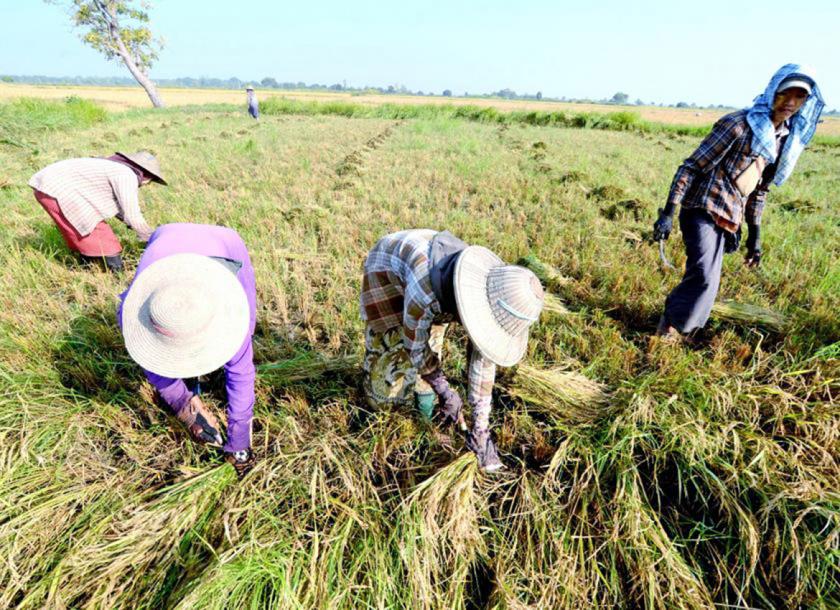Minister of Agriculture, Livestock and Irrigation (MOALI) launched Myanmar’s Agriculture Development Strategy (ADS) for the next five years
26 มิถุนายน 2561
The Ministry of Agriculture, Livestock and Irrigation (MOALI), with the help of Asia Development Bank (ADB), United Nations Food and Agricultural Organisation (FAO) and Livelihoods and Food Security Trust Fund last Friday launched Myanmar’s Agriculture Development Strategy (ADS) for the next five years.
Building on the 2016 Agricultural Development Policy, MOALI, with the support of the Agricultural and Rural Development Coordination Group, drafted the five-year ADS with a corresponding investment plan.
Under the new ADS, significant production and productivity gains in agriculture and the natural resources sectors were identified as being “immense.” However, Myanmar also faces challenges including limited infrastructure in the rural areas, complex land tenure issue, low agricultural productivity and low competitiveness of agri-food products.
As such, the aim of the ADS is to identify the investment priorities of the sector over the short, medium and long term.
The strategy also aims to accelerate growth in the sector through governance, productivity and competitiveness, driven by close cooperation between the government, farmers and businesses.
Ideally, the strategy will promote inclusiveness, sustainability and resilience to climate change as well as development of the role of the private sector and farmers’ organisations in generating growth within the agriculture space.
Suggestions on improving connectivity to market infrastructure, information and communication technology infrastructure and power infrastructure are also included.
‘Now, we have a good strategy to grow the sector for the next five years. The government must not fail to implement it.’ U Soe Tun, Vice chairman of Myanmar Rice Federation.
Implementation key
Myanmar is an agricultural country, and the agriculture sector is the backbone of its economy. However, the agriculture sector contributes to just 37.8 percent of GDP, accounts for 25pc-30pc of total export earnings and employs 70 pc of the labour force, according to the FAO.
As such, efforts are being taken to raise agriculture productivity and the sector’s contribution to the national growth. U Soe Tun, vice chairman of Myanmar Rice Federation, said implementation of the new strategy is key to that goal.
“Under the previous governments strategies to development the agriculture sector were devised but implementation was always weak. Now, we have a good strategy to grow the sector for the next five years. The government must not fail to implement it,” he said.
U Aung Kyi Nyunt, chair of the Agriculture, Livestock and Fishery Development Committee under the Amyotha Hluttaw, said the strategy will provide avenues for farmers and businesses to work with the related government departments and international agencies for help in developing the sector.
But U Min Hlaing, secretary of Myanmar Coffee Association, said more help will be needed to effectively develop the agriculture supply chain.
“The government must provide loans for the businesses involved and access to new technologies. We are now facing difficulties because we don’t have enough access to infrastructure such as water, electricity and inputs for agriculture,” he said.
According to the Euro Chamber’s Agriculture Guide 2018, the agricultural sector has the potential for rapid growth if farmers are provided with better access to capital, quality seeds, improved infrastructure and modern technology.
Myanmar mainly produces rice, beans and pulses, sesame, oil crops and rubber. Agriculture products mainly come from Ayeyarwady, Sagaing, Bago, Magway and Mandalay regions.
(The Myanmar Times: https://www.mmtimes.com/news/n











